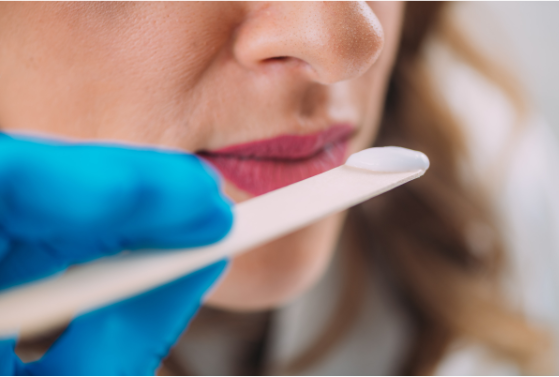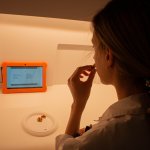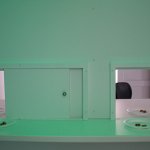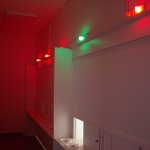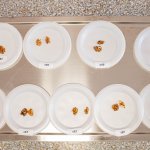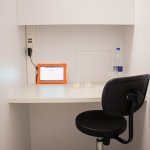Sensory Testing
Sensory analysis is a scientific discipline that applies the principles of experimental design and statistical analysis to the use of the human senses (sight, smell, taste, touch, hearing). Sensory tests are intended to evaluate the perception of consumer products. QACSFOOD’s laboratory is addressed to food developers, manufacturers and producers of branded or private label products. We offer documented results of sensory analysis in the form of studies, based on integrity and impartiality.
Methodology
The method requires groups of experienced evaluators (panels), who test the products and record answers and observations. By applying statistical techniques to the recorded observations it is possible to make estimates and investigate on the sensory characteristics of the tested products. Sensory evaluation consists of three areas that support the commercial characteristics of new developments.
Sensory Discrimination tests determine whether there is a detectable difference regarding texture and taste among two or more products. Examples of practical applications include:
- Changes in raw materials
- Product reformulation
- Cost reduction
- Shelf-life
- Quality control
Descriptive sensory analysis involves the detection, description and quantification of the sensory characteristics of products, providing detailed sensory insights.
This type of tests requires a trained panel. Each panelist describes each product through a questionnaire, that includes a list of sensory descriptors (eg bitterness, acidity, etc.). The panelist rates each descriptor for each product according to it’ s intensity (e.g. 0 = very weak to 10 = very strong).
It is a valuable tool for product development and optimization, as it can offer direction to the research and development team based on the sensory characteristics of each product. It is also used for sensory benchmarking among competitor products, understanding the reasons behind a non-successful product and providing information for improvement.
This type of test involves large groups of consumers. The tests can range from simple comparative questions (eg Which product do you prefer, A or B?) to structured questions about consumer acceptance of individual characteristics. Examples of practical applications include:
- Liking & Preference
- Consumer acceptance
- Purchase intent
- Consumer complaints
- Emotions, Sensations
- Costing

